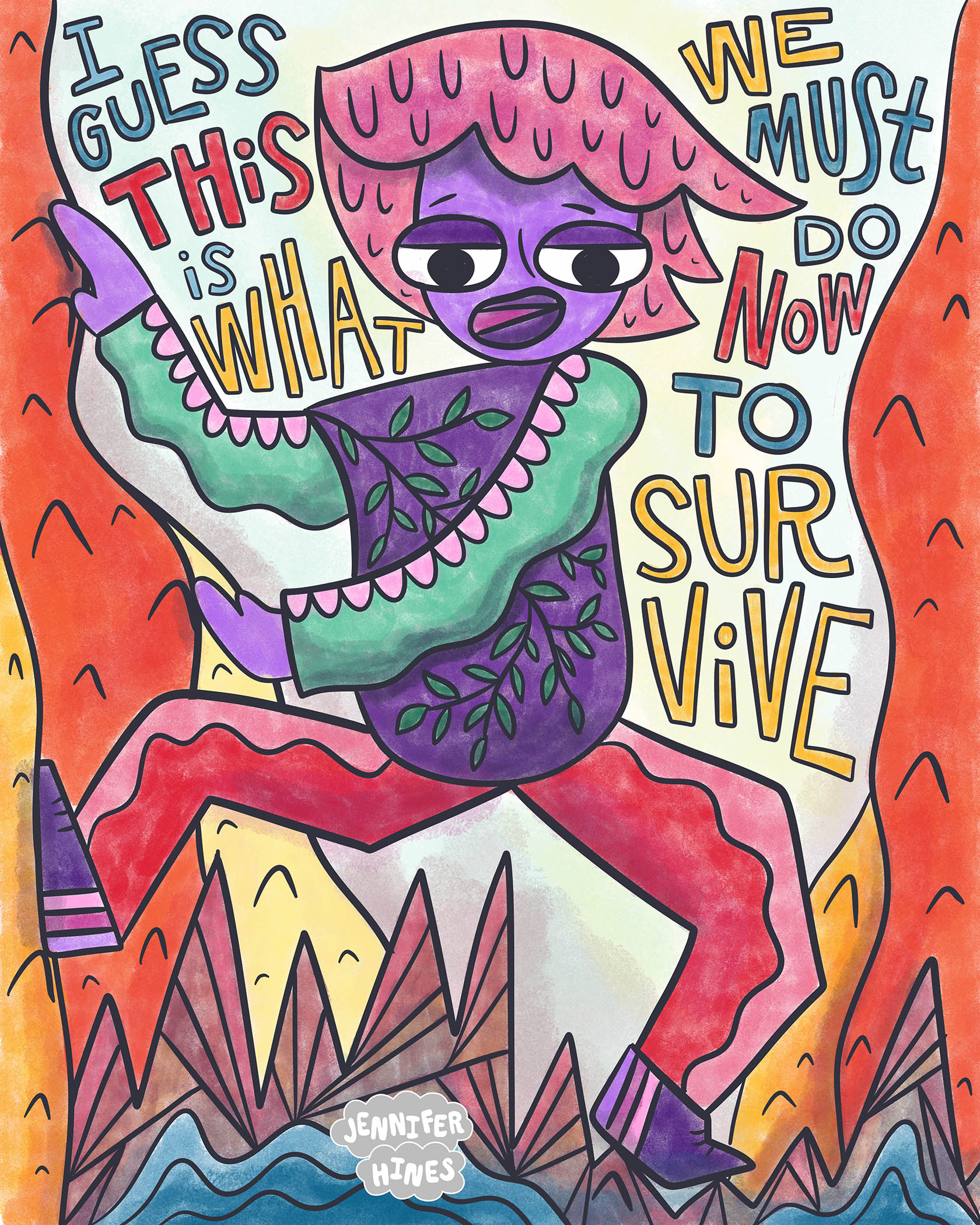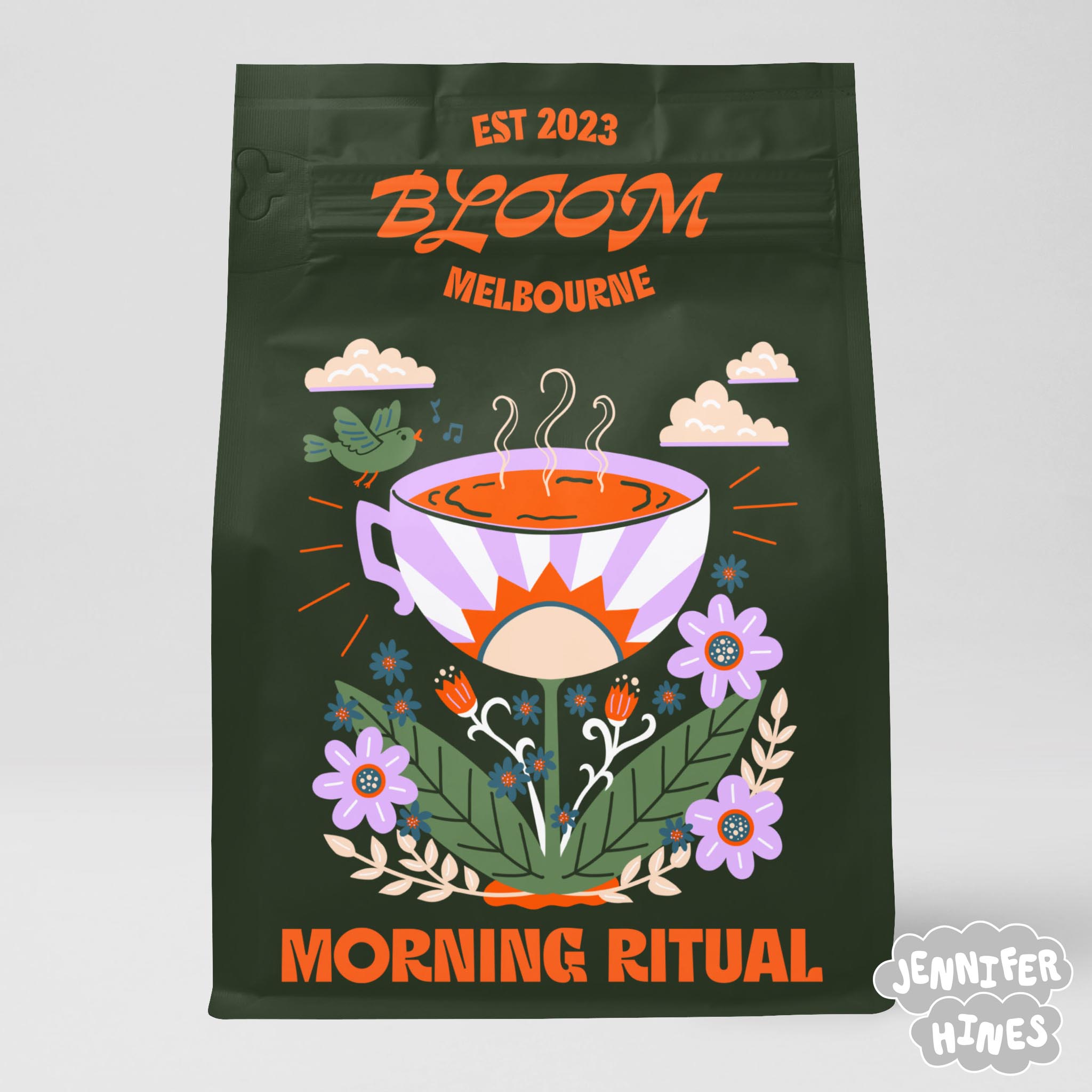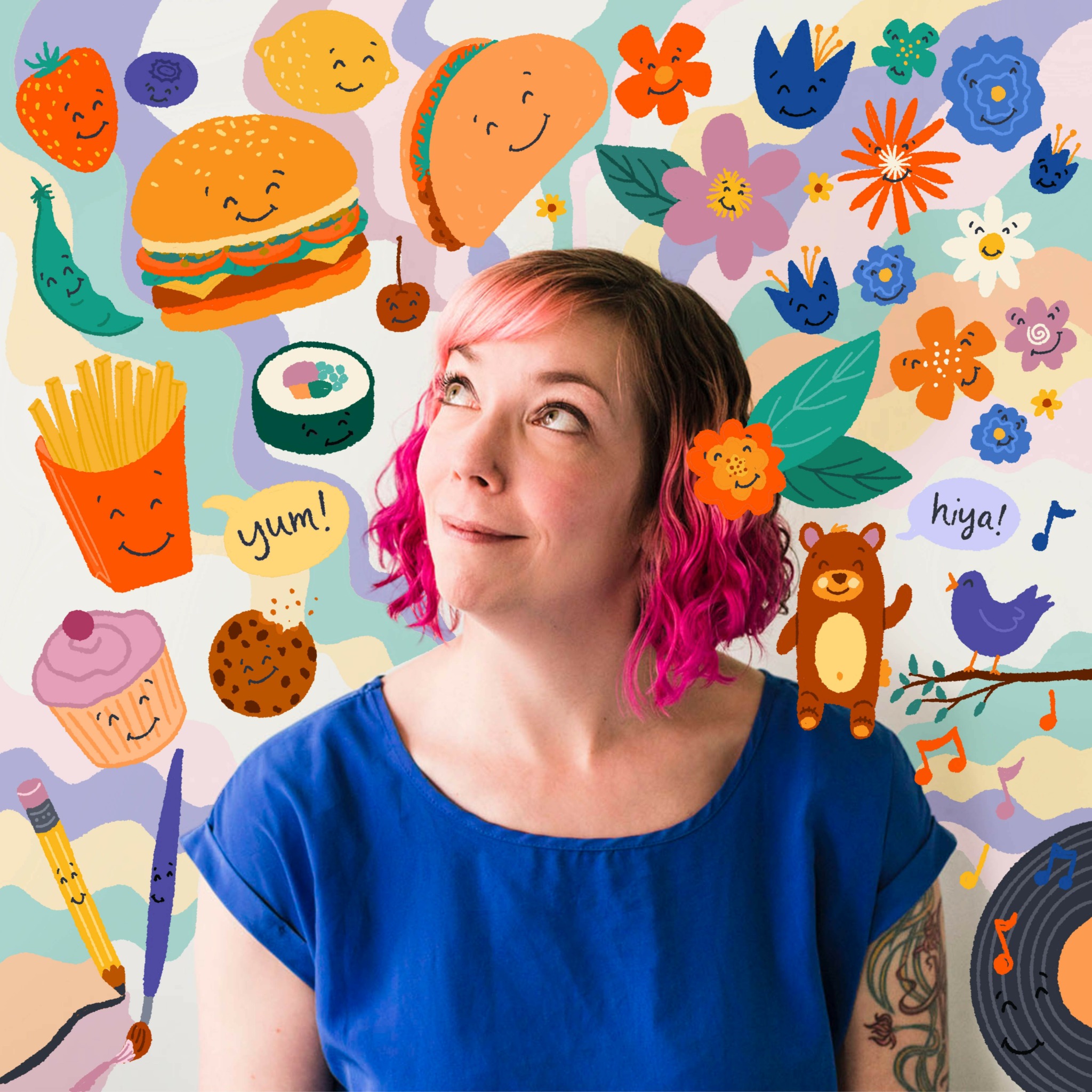We caught up with the brilliant and insightful Jennifer Hines a few weeks ago and have shared our conversation below.
Hi Jennifer, thanks for joining us today. What was the most important lesson/experience you had in a job that has helped you in your creative career?
My creative journey to freelance was a bit circuitous, so I used to support myself by working full-time at a publishing company in an illustrator/designer role. The company was my first full-time career-level job. They created technical and vocational textbooks, and the days were very structured–even though it was a professional office job, we still had scheduled breaks and lunch timeslots, and everyone arrived and left at the same time every day, as if we were punching a time clock. There were no company cell phones or logging in from home to work on things, so basically we all worked 8-5p and took our breaks and lunches when the time came, and left all our work on our desks at the end of the day. While this may seem overly proscriptive to many who work in office environments, I actually really enjoyed that when I “clocked out” for the day and drove home, I was leaving all of my work and stress behind. That meant I was completely unplugged from my professional life and could enjoy my down time to do what I wanted. When I left that job and started at a much more flexible office that could sometimes have demanding hours, I kept the boundaries that I had learned at the publishing company. I might have worked late some evenings, but when I walked away from my desk, I left all my work behind and didn’t check my work phone or email during off hours. I watched how some of my coworkers got stressed out because they were sitting on the sofa answering emails in their down time around watching TV shows and their kid’s bedtime, and I vowed to continue my unplugging habit as I was. That first job which had such strange structure taught me that unplugging was necessary, and setting boundaries is a good thing so that I can actually relax, work on my own hobbies or tasks, and come back to work refreshed the next day. I continue this practice now even though I work for myself–evenings and weekends are mainly unplugged and for relaxing with my friends and family. We all know we should unplug more often, but doing it is hard in a world where we are so connected all the time. That company taught me to turn off notifications, leave my phone in another room, and enjoy my life when the hours are my own.

Great, appreciate you sharing that with us. Before we ask you to share more of your insights, can you take a moment to introduce yourself and how you got to where you are today to our readers.
I’m an illustrator and lettering artist who likes creating fun, colorful, and whimsical things to make people smile. I love creating food illustrations, character illustrations, and typography artworks for books, advertising and packaging. I also create artwork and surface design to license to companies for products, such as greeting cards and homewares. It’s so rewarding collaborating with people and brands to create playful artworks to highlight their business or product!
I also have a creative writing background so enjoy telling stories through illustration and lettering illustrations. In the past, I started illustrating in my spare time as I worked full-time doing more graphic design and publishing-related tasks, but finally decided that I wanted to work in illustration full-time. My background in fine art and graphic design means that I run the gamut of creative know-how, so I enjoy combining words and illustration, paper and art. I’ve always loved doing creative work and can’t imagine a life without doing something creative.

We’d love to hear your thoughts on NFTs. (Note: this is for education/entertainment purposes only, readers should not construe this as advice)
I know NFTs have had a lot of buzz, but just like anything that gains popularity fast, I personally am not a supporter of them. Not only do they have an impact on the environment/energy, but I don’t buy into purchasing pixels and there’s really no guarantee that someone can’t recreate a nearly identical version of them and sell it anew. It’s just another commodity, and really not about the art. Art can be digital, and the work I create can also be digital, but it’s about a collaboration and the value that it brings to a brand, or to a person who wants to display it and enjoy it. The end product isn’t the pixels, it’s the feeling of enjoyment, brand equity, or interaction that an artwork brings. Selling pixels isn’t the same as selling an artwork that gives value to both parties.

What can society do to ensure an environment that’s helpful to artists and creatives?
Everyone can be creative, and it enhances our wellbeing to make things, no matter what our background is. As pennies get pinched and governments scale back, the arts is always the first to go, but it’s been proven again and again that the benefits that creative programs and environments provide are much greater than the actual costs. So societies need to keep supporting the arts and giving grants, residencies, community spaces, and creative opportunities to allow people creative pursuits outside of the day-to-day workforce. Starting in schools should be paramount so that all children understand that they can be creative and that it’s a vital part of everyday life. The time and space to be allowed to experiment to come up with unique, out-of-the-box thinking is what makes us all feel alive and creates variety–it reminds us that we are alive and not robots who think and do the same things. Creative thinking is important to maintain our diversity and create vibrant communities, so free and welcoming spaces that promote creative activities need to be created and preserved.
Contact Info:
- Website: https://www.jenniferhines.design/
- Instagram: https://www.instagram.com/abctypography/
- Linkedin: https://www.linkedin.com/in/jenniferhinesdesigns/





